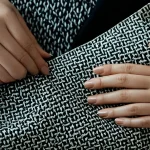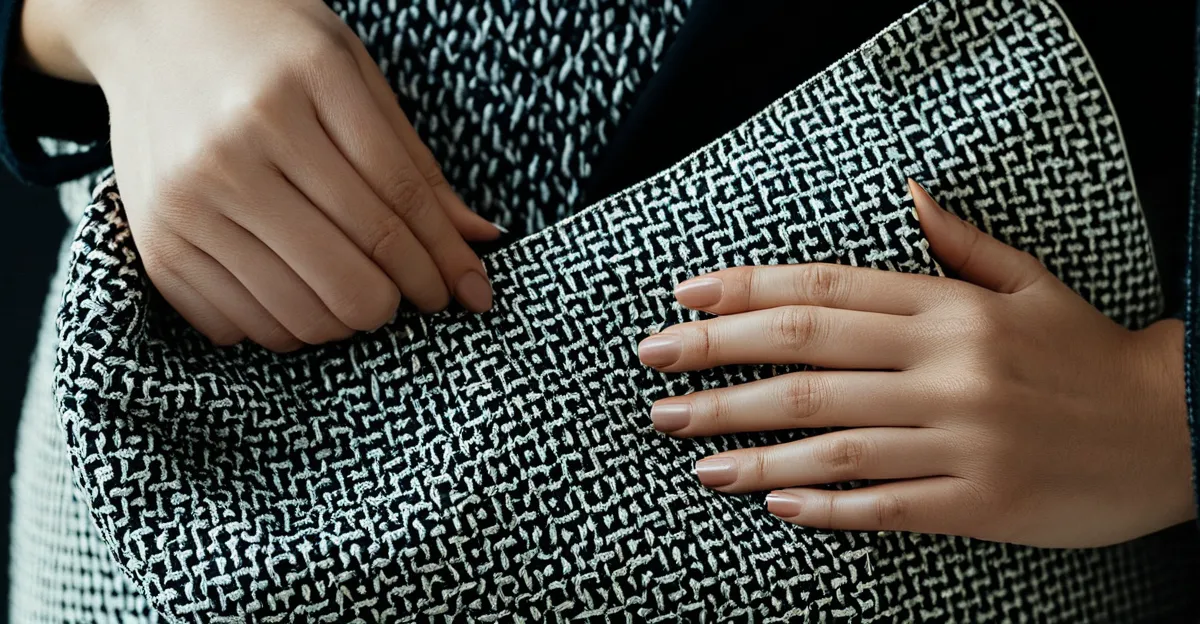Key Milestones in Fabric Evolution and Their Impact on UK Women’s Fashion
The fabric innovation UK journey has shaped British fashion history profoundly, especially for women’s clothing. One major milestone was the advent of industrial textile production during the 18th and 19th centuries. The mechanization of weaving and spinning revolutionized fabric availability, making cotton and wool more accessible and affordable. This shift allowed women’s fashion to evolve beyond the exclusive use of expensive silks and linens, broadening style possibilities.
The mid-20th century marked a pivotal point with the introduction of synthetic and blended textiles in the UK. Materials like nylon, polyester, and acrylic emerged, offering durability and easy care at lower costs. These textile milestones UK expanded the wardrobe options for women, facilitating the rise of casual wear and ready-to-wear lines. As a result, more dynamic and form-fitting silhouettes became practical, changing how garments were constructed and worn.
Also to discover : What Are the Emerging Designers in the UK Women’s Fashion Scene?
Material scarcity during wartime periods also influenced fabric usage. For example, during World War II, rationing led to innovations in fabric blends and the reuse of materials, which impacted women’s clothing styles significantly. Post-war, the increased availability of new textiles further diversified fashion trends. These shifts in fabric accessibility catalyzed changes in silhouettes and seasonal styles, underscoring the interconnectedness of fabric innovation UK with evolving women’s fashion trends.
In summary, each key development — from mechanized textile production to synthetic blends — has played a significant role in shaping the distinct characteristics of women’s clothing in British fashion history. These milestones exemplify how textile milestones UK underpin style evolution and reflect broader socioeconomic changes.
Topic to read : How Do British Women Adapt Global Trends to Their Style?
Influence of New Materials on Women’s Clothing Styles and Silhouettes
Fabric innovation UK has played a defining role in shaping women’s fashion trends UK, especially through the evolution of silhouettes and garment construction. The introduction of new textiles consistently transformed how clothing was designed and worn. During the Victorian era, for instance, the widespread use of cotton and wool allowed for the intricate layering and structured forms characteristic of that period’s silhouette. These materials offered the necessary stiffness and versatility to execute corsetry and voluminous skirts, reflecting the detailed craftsmanship valued at the time.
With mid-20th century fabric trends, synthetic and blended textiles like nylon and polyester revolutionized fashion by enabling lightweight, stretchable, and easy-care garments. This shift allowed for sharper tailoring and more fluid lines, contributing to the era’s hallmark dynamic and form-fitting silhouettes. Garments could now combine comfort with style, facilitating the rise of ready-to-wear fashion and seasonal variety that responded quickly to changing tastes. This period marked a key textile milestone UK, influencing the style evolution UK by introducing flexibility and new textures in clothing.
In contemporary periods, fabric innovation UK continues to impact women’s clothing styles profoundly. Advances in fabric technology support a wider diversity of seasonal trends and styling options, allowing designers to experiment with transparency, layering, and sustainable textiles. The availability of high-performance fabrics merges aesthetic qualities with functionality, giving consumers greater choice in everyday wear and special occasion garments alike. Overall, fabric trends consistently drive the continuous style evolution UK, enhancing both the visual and practical dimensions of women’s fashion across different eras.
Changing Consumer Habits and Industry Responses
Recent shifts in consumer behaviour fashion in the UK have intensified the demand for sustainable textiles UK and ethical production methods. As awareness grows regarding environmental impact and labor conditions, consumers increasingly seek garments made with eco-friendly fibers and transparent supply chains. This change places pressure on brands to prioritize ethical fashion UK, integrating sustainability into their textile sourcing and design processes.
The rise of sustainable textiles UK directly influences affordability and accessibility in the fashion market. Innovations such as recycled fabrics and plant-based fibers offer alternatives to traditional materials, balancing ecological benefits with cost-effectiveness. While these textiles often command premium pricing initially, industry scale-up and technological progress are gradually enhancing accessibility for a broader consumer base. As a result, consumer behaviour fashion now favors longevity and quality over fast fashion’s disposability.
Leading designers and brands in the UK have responded proactively to these evolving demands by launching collections focused on ethical fashion UK principles. They incorporate recycled and organic fabrics alongside transparent manufacturing practices. This response aligns with changing consumer behaviour fashion, reflecting a shift toward responsible consumption. The adoption of sustainable textiles also informs design innovation, encouraging creativity within environmental constraints, thereby reinforcing the broader industry transformation towards a more eco-conscious future.
Expert Insights and Notable UK Fashion Examples
Insights from British fashion experts illuminate the vital role that fabric innovation UK plays in shaping both high street and luxury markets. Renowned designers and textile specialists emphasize how textile milestones UK serve as catalysts for creativity, influencing garment construction and aesthetic appeal. For example, the use of innovative synthetic blends introduced in the mid-20th century prompted designers to rethink traditional tailoring methods, allowing for more fluid and versatile silhouettes.
A key UK fashion case study includes the work of pioneering designers who integrated new fabrics to challenge conventional forms. Their collections showcased fabrics that combined durability with elegance, demonstrating how fabric innovation UK directly impacts women’s fashion trends UK. These garments not only reflected current style evolution UK but often anticipated future trends by incorporating advanced textiles before widespread adoption.
Additionally, notable designers UK frequently collaborate with textile manufacturers to develop bespoke materials tailored for specific fashion statements. This synergy underscores how fabric innovation UK is foundational to both creative expression and commercial success. As a result, consumers experience a broader spectrum of style options in everyday wear and couture, reinforcing the ongoing dialogue between fabric technology and British fashion history.




